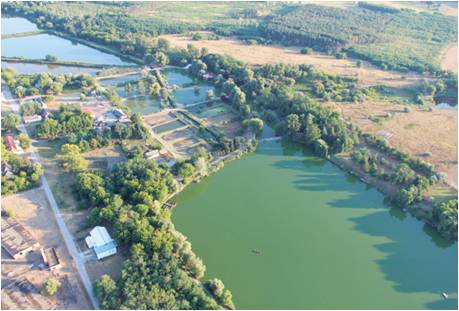The history of KÁTKI
The Institute for Small Animal Research was established by merging two independent institutions. On the initiative of Ignác Darányi, then minister of agriculture, the Royal Hungarian Poultry Breeding Farm and Workers’ Training School and the State Bee-Farm /State Apiary were founded on crown estates in Gödöllő in 1897 and 1899, respectively. Both institutions were running independently until 1950, when the Research Institute of Animal Husbandry was founded in Gödöllő. Researches in small animal breeding were conducted here by the Departments of Poultry and Other Small Animal Breeding, Fish Breeding /Farming and Bee-Farming/Apiculture.
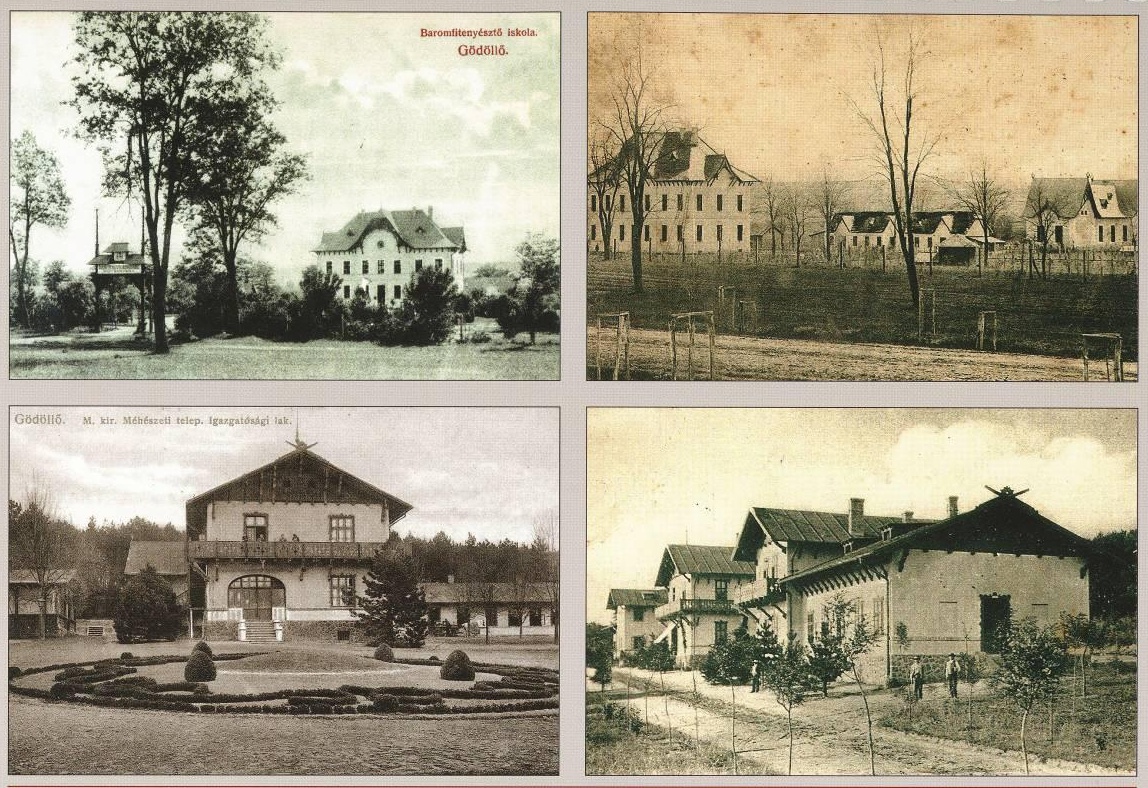
In 1952 the agricultural administration established the Institute for Small Animal Research in Gödöllő made of the small animal breeding departments of the former Research Institute of Animal Husbandry. Scientific research and development work was continued here on the already existing bases of poultry breeding, animal feeding, fur animal breeding, bee-farming and fish breeding / bee- and fish farming. At the time Bálint Báldy was the head of the Department of Poultry Breeding, so were Csaba Anghi of the Department of Fur Animal Breeding, Zoltán Örösi Pál of the Department of Bee- Farming and Lajos Jászfalusi of the Department of Fish Breeding/Farming.
Though the institution was restructured in 1962, research and breeding work related to the above mentioned animal species remained its basic duty. In 1968 the Ministry of Agriculture made a decision on the establishment of research bases to comprehend the activity of the given animal breeding sectors. As a result of this, KÁTKI became the scheme leader institution conducting complex research in industrial poultry production, rabbit breeding and bee-farming. From this time the trading of breeding animals based on own breeds has gradually predominated the institute’s activity. This made it necessary to establish a reliable consultancy network as well as industrial and production background. At this time were built the feed mill and the poultry incubator house of the institute as well as its poultry and rabbit farms suitable for breeding industry.
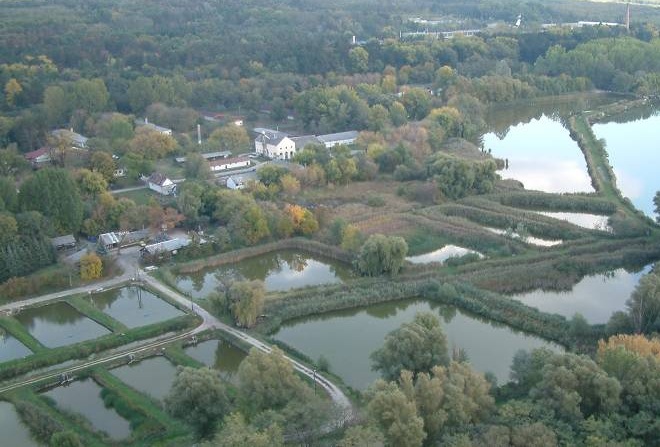
By the mid-1970s the highly profitable poultry and partly the rabbit breeding was taken over by large enterprises and vertical manufacturing plants of agriculture, which gradually acquired monopoly position. In such economic conditions the Institute for Small Animal Research was no longer competitive, and its industrial breeding sectors strengthened at the expense of research became bankrupt.
Following this the Research Centre for Animal Husbandry and Feeding wasfounded in 1980, by merging the Research Institute of Animal Husbandry at Herceghalom and KÁTKI. Since in course of the decade-long existence of ÁTK, as the merged institution was called, the small animal research units have survived, thus KÁTKI had an opportunity in the early 1990s to become again an autonomous institution.
From 1992, named as Institute for Small Animal Research and Feeding (KÁTKI), the institution functioned first under the financial supervision of the University of Agricultural Sciences, Gödöllő, then from 1994 to 2005 as an independent public body. In this period of time – following several essential reorganizations – the departmental structure of the institution was transformed. Traditional research units were strengthened, and from 1990, with a gradually extending number of breeds and specimens, the establishment of a gene bank in Gödöllő for the now protected indigenous Hungarian poultry breeds has begun.
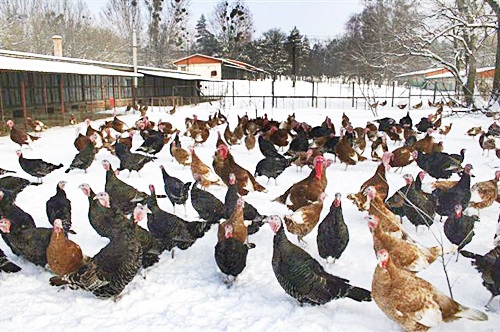
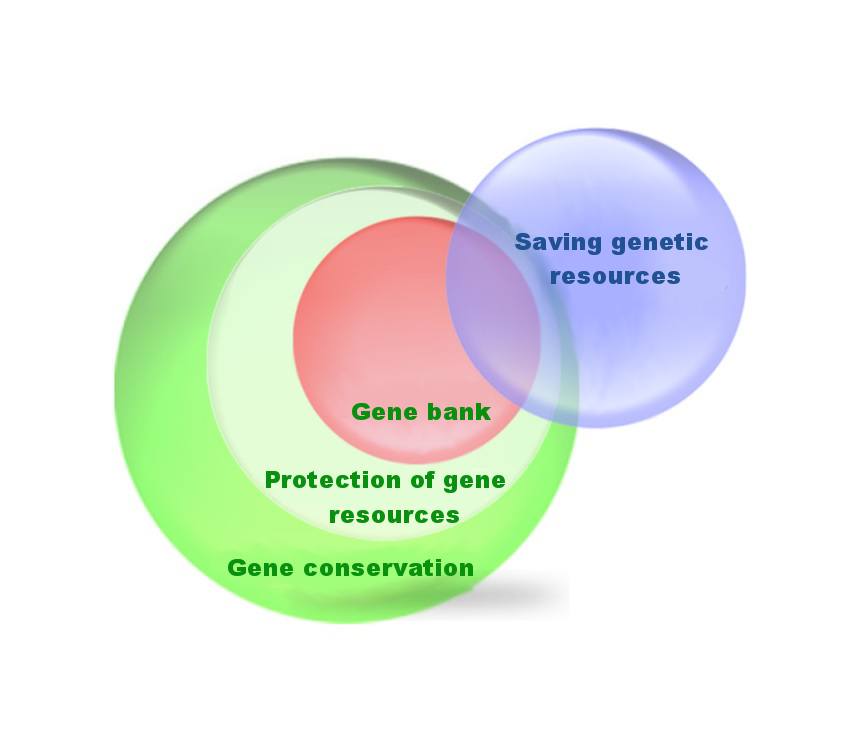
However, on 13th December 2005 a telefax message gave notice that the supervisory authority would close KÁTKI down with effect from 1st January 2006, and indicated the Research Institute of Animal Husbandry and Feeding (ÁTK) seated at Herceghalom as its legal successor. Fortunately, the measures taken in order to liquidate the institution situated in Gödöllő did not completely succeed. Thus the institution – having suffered further significant dismissals and reorganizations – was able to keep on working as the “research farm” of ÁTK with an actually unchanged scope of duties, named as Department of Small Animal Husbandry/Breeding and Feeding.
KÁTKI, as the only research facility in its field of profession in Hungary, originally dealt with small animal (poultry, rabbit and honey-bee) breeding as well as breed conservation and research. As a special unit of breeding and breed conservation, gene conservation and the establishment of gene banks have been tightly linked to the above mentioned activity from the early 1990s. KÁTKI became the centre for gene conservation of all indigenous Hungarian and several other, formerly naturalized small animal breeds. It has developed unique gene bank stocks of international reputation. KÁTKI, having become again an independently working public body by separation on 1st November 2010 continues and enforces the above described technical activity at a high level of performance and with good results.
KÁTKI, additionally to its activities in gene conservation of small animal species and apiculture as well as research and breeding, has also been serving as a meeting point and technical centre for national and international experts of gene conservation and apiary for many decades. (It is well exemplified by the attendance of KÁTKI’s Poultry Gene Bank established in 1990, the Museum of Apiculture built in 1983 and, respectively, the gene bank show farm /(show yard) developed in 2012 for keeping indigenous large animals.) Due to this, the former scope of activity of the institution has significantly expanded; its research and gene conservation activity has been supplemented by the implementation and management of the national co-ordination of gene conservation, a wide range of technical education and model schemes of rural development.
The Institute of Apiculture functioning in the frame of KÁTKI managed to regain its rank and name as an institute in 2010, when KÁTKI was reorganized. Therefore, an outlined historic review of KÁTKI cannot be complete without a thorough description of this institution of international reputation. Its predecessor, the State Bee-Farm /State Apiary was established in 1899 on the initiatives of Ignác Darányi, Minister of Agriculture. There have been some 18 000 melliferous/nectar-bearing/(honey-bearing) trees and shrubs planted until 1902. The buildings raised in the nearly 30 ha large apicultural park aimed at researches to develop Hungarian apiculture and the training of apiarists. The initial Bee-Farm /Apiary was organized by Antal Kovács, national supervisor of apiculture. In 1942, with the leadership of dr. Zoltán Örösi Pál, the Institute of Apiculture and Bee Biology was founded. This was the time when the main building was enlarged and new laboratories were set up. In 1950 the Department of Bee-farming was run in the frame of the Research Institute of Animal Husbandry, while in 1952 it was part of the Institute for Small Animal Research. dr. Zoltán Örösi Pál has managed the researches made in the institute for 30 years. Thanks to the management of the institute, and personally dr. Zoltán Örösi Pál, the institute has achieved recognition all over Europe by the middle of the 2th century.
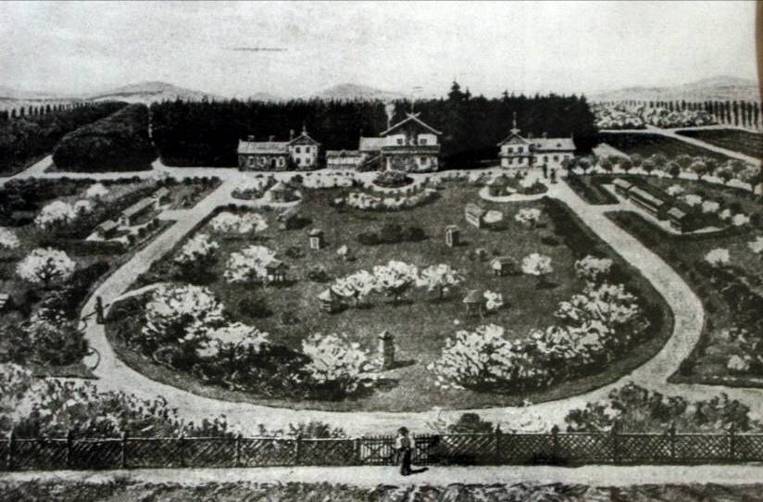
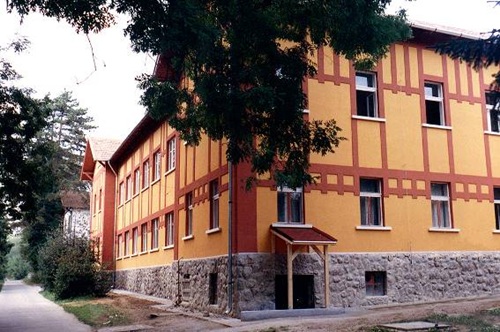
Researches and technological improvements started in the second half of the century aiming to spread Pannonic/Pannonian Bee, a national variety of the honey-bee (Apis mellifera). Elaboration of a code for the conservation of the breed as well as the introduction of testing breed characteristics/(traits) is the merit of Jenő Suhajda and Enikő Szalainé Mátray. This work is especially appreciated nowadays, hence as a result of the free trade of various breeds and hybrids hardly any similar example can be found in Europe. The declaration of Pannonic bee as an indigenous breed is under way.
The Institute of Apiculture functioning as an independent department of KÁTKI and dating back to more than 110 years was built in a fairy environment, next to the Arboretum of Gödöllő. The Apicultural Park belonging to it, along with the Museum of Apiculture unique in Hungary are open to the public all year round and represent attractive sights in Gödöllő not only for the apiarists.
Brief history of the real estate being in the property management of KÁTKI
A real estate complex of a rather significant area in some 306 ha falls under the property management of KÁTKI, the majority of which is a coherent territory lying in the outskirts between the towns of Gödöllő and Isaszeg. Three one-time institutions formed the basis of the real estate complex that had been established in the territory of the Crown Estate of Gödöllő, situated in the present place of KÁTKI, from the late 1890s. These were the Royal Hungarian Poultry Breeding Farm (founded in 1897, originally 18 acres), the Royal Hungarian Bee-farm/Apiary (founded in 1899, 74 acres including the Apicultural Park) and the Royal Hungarian Experimental Farm for Potato Growing (founded in 1912, originally on 30 acres, the extended to 70 acres in 1919). The territory of the Poultry Breeding Farm has been largely extended as the Poultry Breeding Model Farm was established in the beginning of the 1930s. The first fish-ponds were created then, as well, with the leadership of Bálint Báldy, director at the time, damming the Rákos-stream that flows across the estate.
Facilities of the Experimental Farm for Potato Growing were destroyed by World War II in 1944, which resulted in closing down the institution. Its properties were annexed to the bee- and poultry farms.
The merger of the bee-farm and the poultry farm took place in 1950 named as Research Institute of Animal Husbandry. From 1952 onwards the institution was run as the Institute for Small Animal Research. Its development into a type of large-scale farm such as Bábolna had been (i.e. an intensive poultry breeding centre) was started in the second half of the 1960s and lasted until the mid-1970s. During this period of time the territory of properties managed by the institution – due to the removal of model farms, arable fields and pastures – has decreased. By 1980, when KÁTKI has been merged with the ÁTK at the time, a status close to the present one has developed.
KÁTKI regained legal autonomy once more in 1992, and functioned under the financial supervision of the University of Agricultural Sciences, Gödöllő until 1994, when it got full autonomy. In this form – in spite of various attempts for privatization – it has managed to defend and hold together its properties until the present day, which allowed it to be used for gene conservation, research, education and rural development related to animal breeding/husbandry.
Major facilities of the institution
It turns out from the history of KÁTKI and its legal predecessors that the original built heritage of the institution, besides its values in the history of animal husbandry and science, are of cultural significance, as well. Several buildings established on the initiatives of Ignác Darányi bring to one’s mind the one-time resort centres of historical Hungary. A part of the old buildings in the poultry farm were built by using the plans of railway buildings from the time of the Monarchy. The explanation of that is that the chicks hatched in the poultry farm in Gödöllő had to be transported by railway within 24 hours to far-away regions of the Carpathian-basin. Therefore Emil Hreblay, first director of the institution, had got this position as a retired railway supervisor in chief and, of course, brought along with him the ready made plans. Larger investments in animal farms took place at the end of the 1960s and the beginning of the 1970s; their renovation and use also lay a constant duty on our institution. Therefore, we consider the conservation, renovation and use of our built heritage at a 21st century level highly important. We would like to give account of that and other recent developments, as well as the renovation of buildings to be completed in the near future and their planned use as closing the chapter on KÁTKI history. We do so hoping that our successors will also appreciate and honour the efforts and work of their predecessors.
Poultry farm
The central building of KÁTKI is the original building built in 1898 to be the centre of the Royal Hungarian Poultry Breeding Farm. (Renovated between 2010 and 2013.)
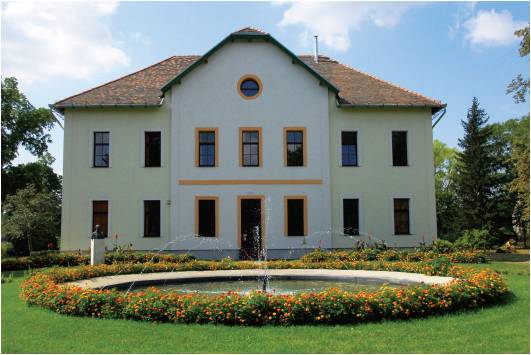
HáGK Training and Visitor Centre, Darányi Hall and Memorial Exhibition (established in 2013). Original building of the poultry farm built as a barn for poultry raising in 1898. (Renovated according to contemporary plans between 2011 and 2013.)
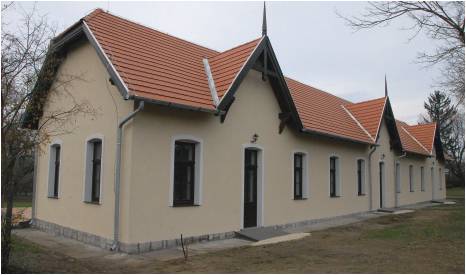
KÁTKI Historical Exhibition (established in 2013). Original building of the poultry farm built as turkey barn in 1898, (renovated in 1999).
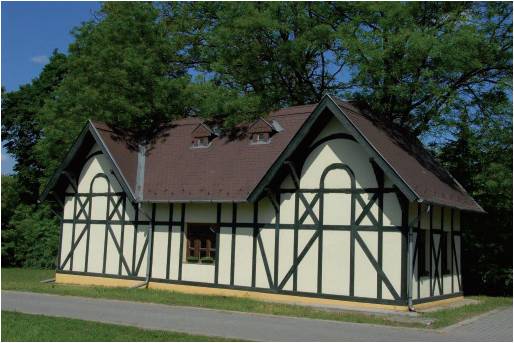
Lacza House. Original building of the poultry farm built as hatchery in 1898. It has been used for housing during recent decades. (Renovation into its original form and central utilization is needed.)
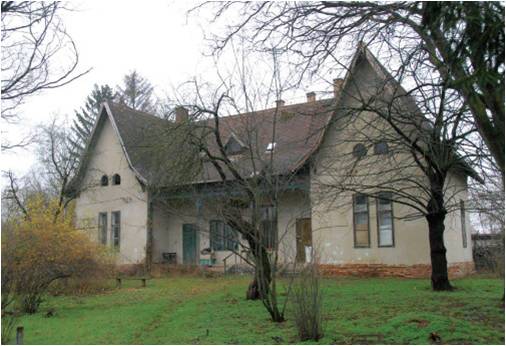
In vitro laboratory of reproductive biology, built in the 1950s (renovated and reconstructed in 2012-2013).
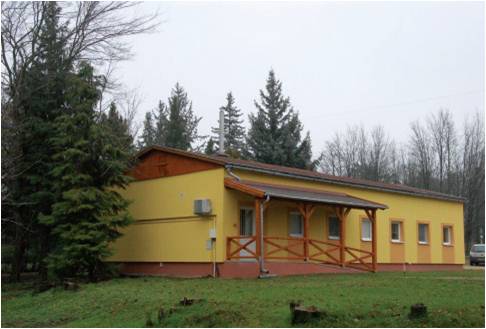
Barn for turkey breeding stock kept in ecological farming. It was built in 2011.
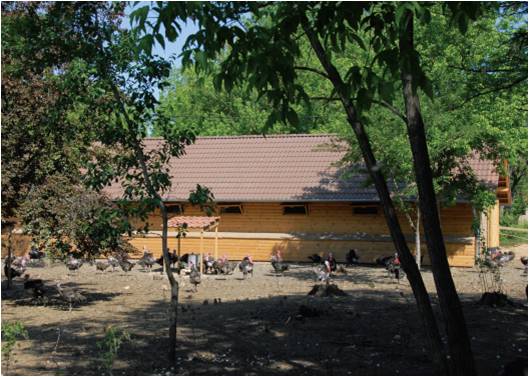
Granary of the poultry farm, built in the 1950s (renovated in 1999, then renovated as feed mill in 2011-2013).
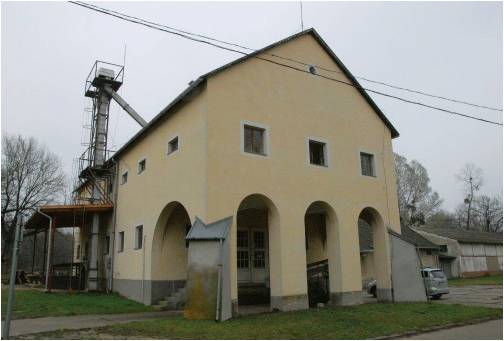
Show-pen system for indigenous animals. It was built in 2011.
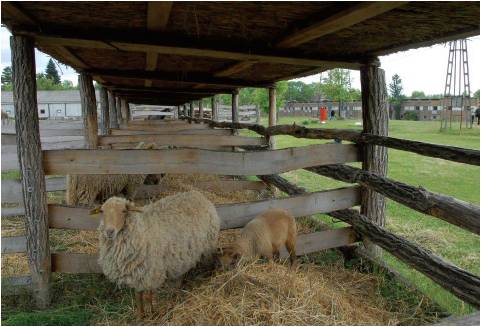
Poultry Gene Bank Farm (partly renovated in 2011-2013).
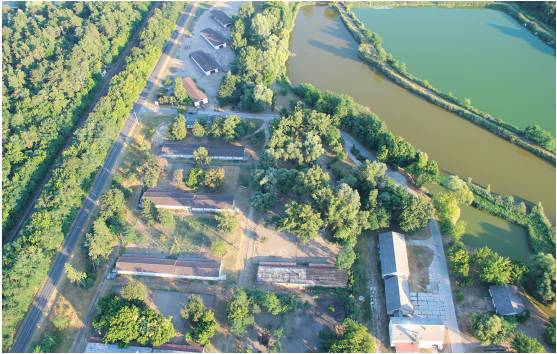
Waterfowl farm (partly renovated in 2011-2013).
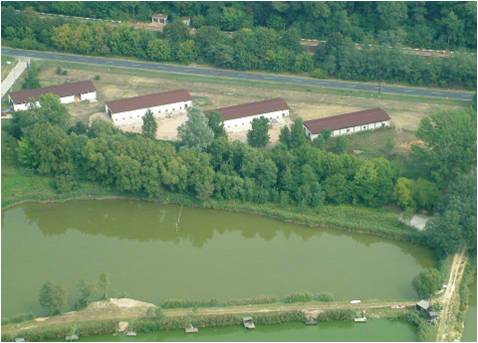
One of the buildings of the Poultry Gene Bank Farm and its yard (partly renovated in 2011-2012).
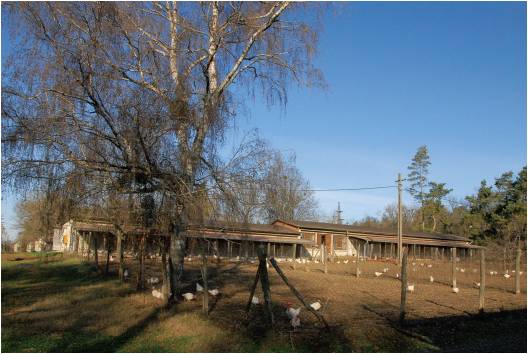
Báldy House. It has been the Rural Development Progamme Centre of HáGK since 2012. It is an original building of the poultry farm built as director’s apartment in the 1930s (renovated between 2001 and 2005).
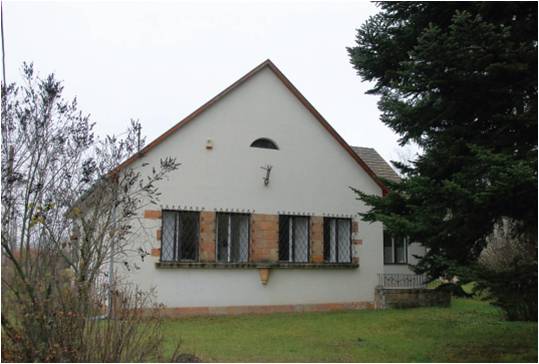
“Marble House” (built at the beginning of the 1970s as the new centre for KÁTKI; needs complete renovation).
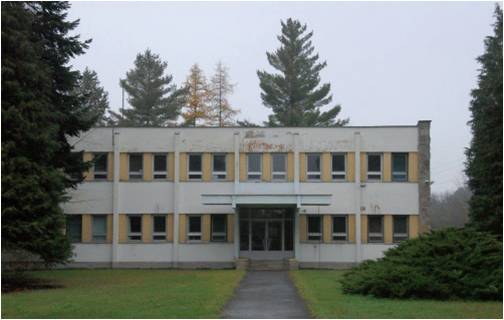
KÁTKI Conference Centre; Báldy Room (built at the beginning of the 1970s as KÁTKI canteen; it needs complete renovation of building energetics and partial internal reconstruction).
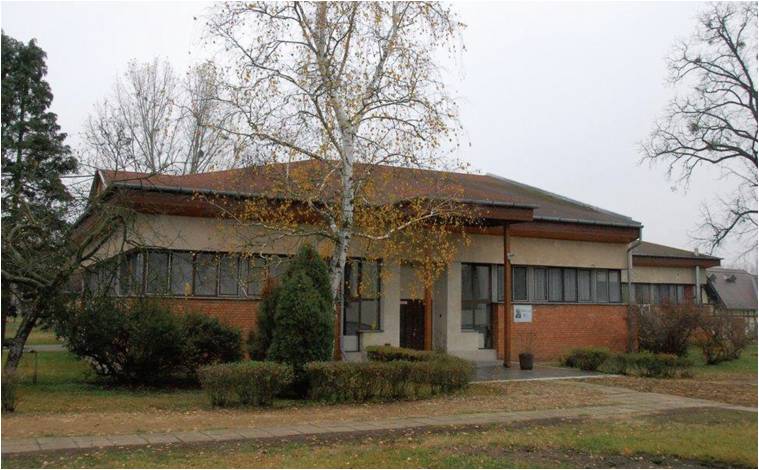
Nucleus stock farm of “Large Hungarian” rabbit, built in the 1960s as elite hen stock barn. (It was renovated and reconstructed in 2013.)
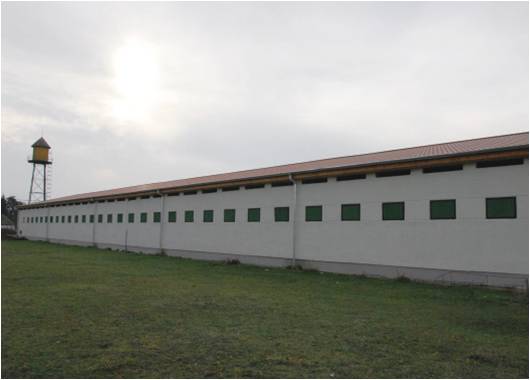
Fishery Programme Centre and Fish Processor (Kishalmi House, built in the 1930s for housing, renovated in 2011-2013 with the contribution of Aranyponty Shareholding Company and Iszapfaló Ltd.).
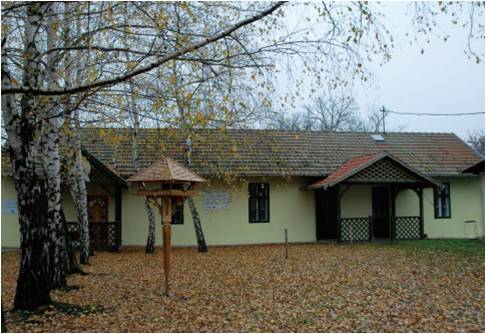
Apiary
Central building of the bee-farm, rear facade (the original building of the bee-farm built in 1902 was renovated in 1999; renovation of its building energetics was completed in 2010).
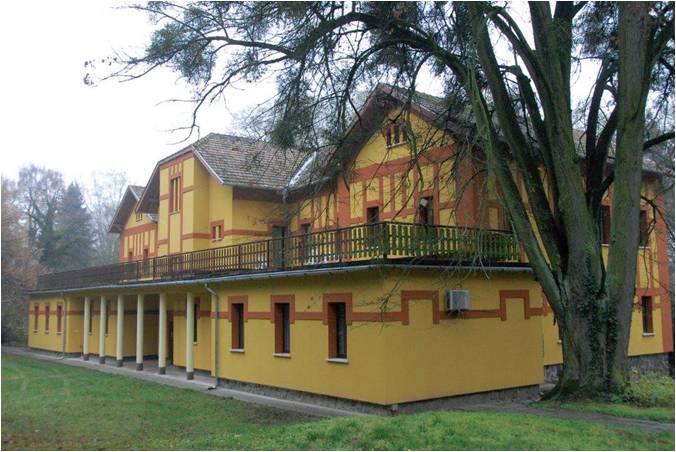
Original central building of the Institute of Apiculture (built in 1902, renovated in 2002-2003).
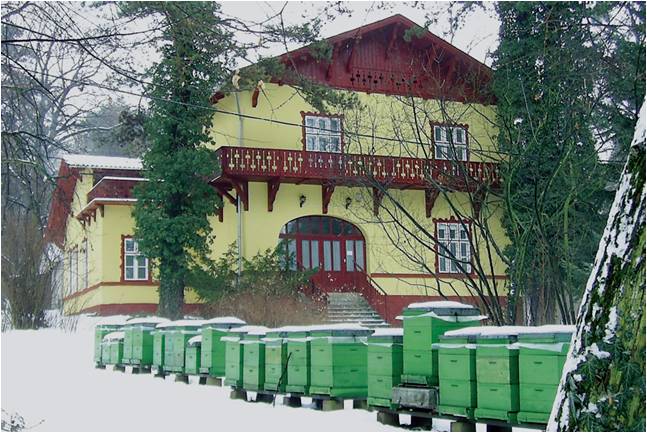
Apartments for beekeepers (original building of the bee-farm built in 1902, needs complete renovation; structural reinforcement was completed in 2012).
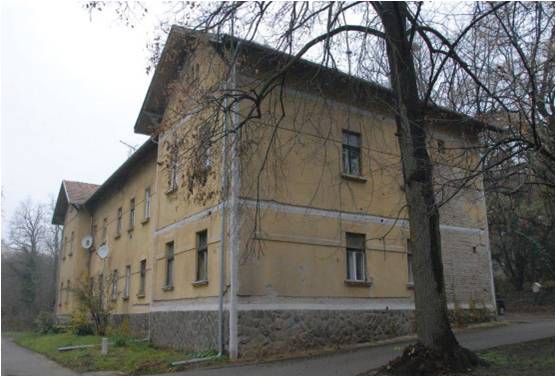
Bee-farm workshop and processor (built in 1902, renovated in 2011-2013).
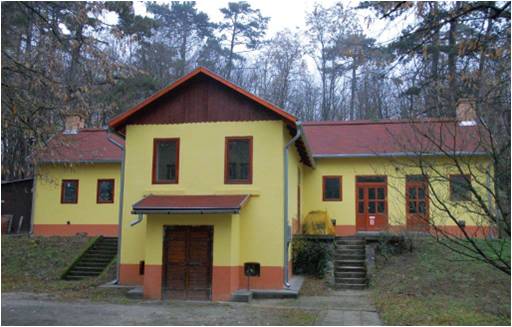
The building of the Museum of Apiculture built in 1983 on the occasion of “APIMONDIA” World Conference of Apiculture.
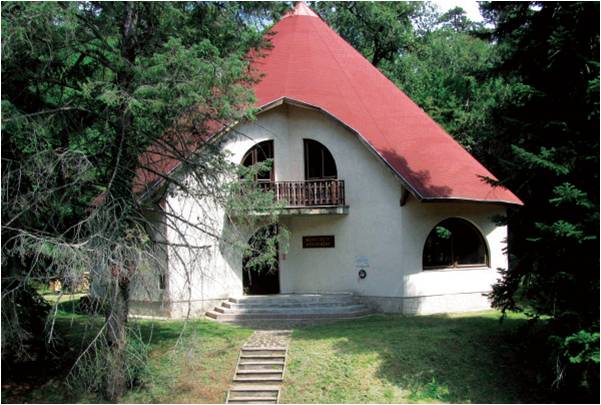
KÁTKI Apiary (renovated in 2012).
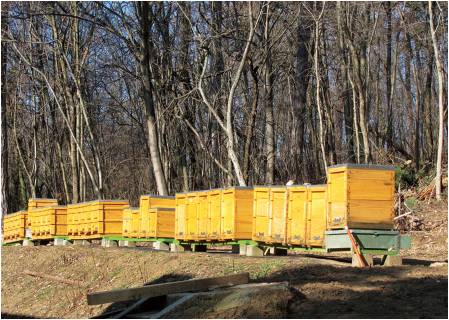
A part of the 30 ha large ApiculturalPark. It is a locally protected nature conservation area. It was founded as an apicultural park between 1899 and 1902 in order to provide the Bee-farm with melliferous plants.
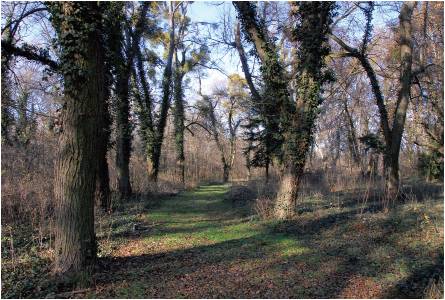
The original Apiary House situated in the Apicultural Park (built in 1902).
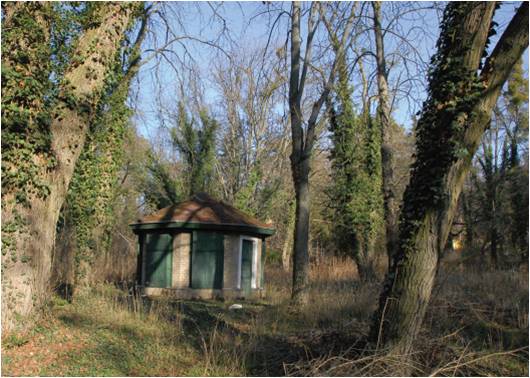
The one-time meat rabbit breeding farm built next to the Apicultural Park (needs complete renovation).
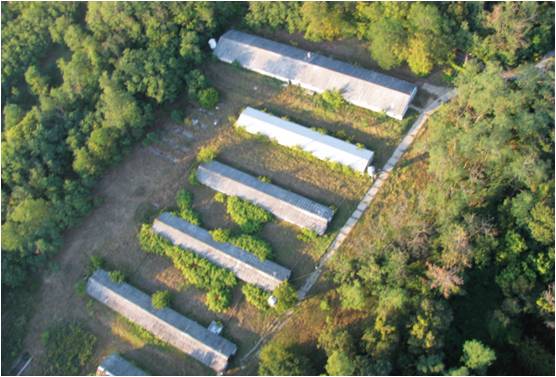
The Fish-pond System of Gödöllő-Isaszeg
The 70 ha large fish-pond system was created on the initiative of Bálint Báldy by damming the Rákos-stream in the 1930s. The majority of the ponds are used for angling.
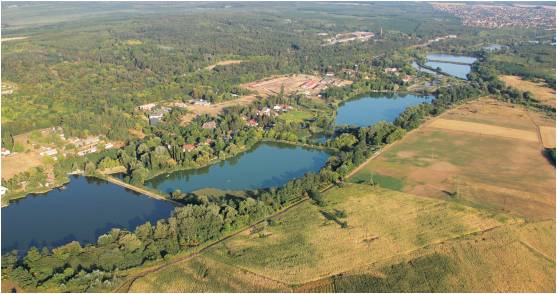
The planned site of gene bank ponds (originally established in the 1930s, then renovated with the contribution of Aranyponty Shareholding Company and Iszapfaló Ltd. in 2011-2013).
